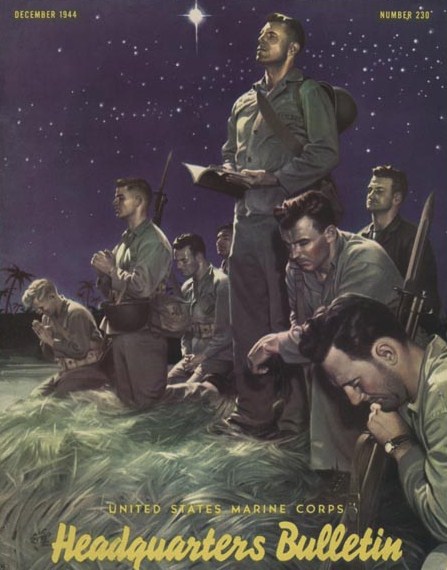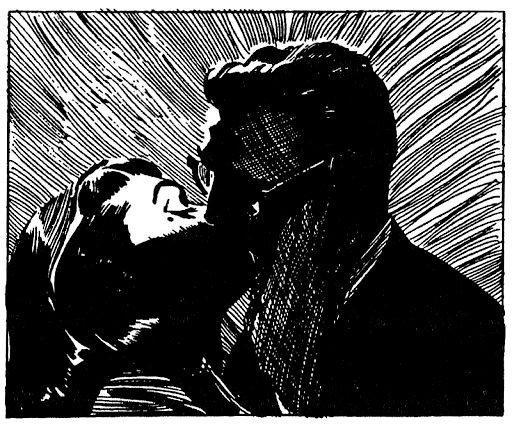Added 1 new A* page:Hm it seems I've never mentioned my Mac Raboy Flash Gordon book here before, so I guess there's no need to mention that I haven't mentioned it...I do need to finish reading it, anyway. :P Still I've had Gordon on the brain for a while, so imagine my surprise when, browsing through some online syndicated comic listings, I found that Flash Gordon Sunday comics are still running in a small number of papers. These are, however, reprints of the Jim Keefe 1996-2003 run, after which no new Flash Gordon comics have been published.
Keefe's work doesn't have the incredibly graceful artistry of the Raboy era ('48-'67), but a pretty good account of the history of the Flash Gordon strip made plain to me what I should have known long ago, which is that the original Flash Gordon artist and (at least) co-creator, Alex Raymond (b. 1909, d. 1956), did some quite amazing work.
After three years as a staff artist with King Features Syndicate, Raymond was asked, in 1933, to create a comic to compete with the wildly popular 1929 invention, Buck Rogers. Raymond's and a series of ghost writers' creation, Flash Gordon, launched at the beginning of 1934 and soon surpassed Buck in popularity; another Raymond strip, Jungle Jim--this time seeking to horn in on the popularity of the Tarzan strip--ran along the top of Gordon.
Raymond's Flash work soon became filled with large panels of sweeping shading lines, with--aside from a mastery of the human figure--exhibited a brilliant use of positive and negative spaces: just look at the curling line-packed shadows defining a vase of flowers in the second panel of this 1937 strip.
But Flash isn't even my favorite of Raymond's comic work. Raymond left the strip in 1944 to enlist in the U.S. Army; four of his five brothers had already enlisted. While in the military, he created official posters, greeting cards, and the like, including this painted cover for the Marine Corps bulletin:

image by Alex Raymond / U.S. Government (source)
Demobilized and back home in '46, Raymond found that the syndicate didn't want to oust the Flash artist who had moved into the strip when Raymond resigned his position, but they offered him the chance to create a new strip. The result--again aided by writers--was Rip Kirby, a modern private eye just returned from military service himself; unlike the old pre-war pulp PIs, Kirby did more thinking than fighting, had an assistant who was *not* a gorgeous blond, had a steady girlfriend, wore glasses, and aged as the strip progressed. To match this newly modern take on crime adventures, Raymond came up with a new, sleeker style consisting of thin, angular outlines and thick, solid black volumes--if this sounds familiar, it's because "The Raymond Style" was much copied! And unlike the Sunday Flash, Rip was a daily strip.
I love the sharpness and contrast of Raymond's Rip work, from his big, dramatic shadows in action scenes to the luscious massed blacks of contemporary fashions (I particularly like that one since you can see where he painted over with ink a few times--for instance, he painted the facial features of Rip in the last panel, then decided to shade in the whole face), it seems like he could do it all. Dig his loose, fuzzy borders around figures, his abstract hatched backgrounds, and his lovely pattern work in textures in this strip, the semi-abstract way in which he lets patterns and contrast define the outlines of figures in this panel--along with his seemingly effortless distillation of telling poses--and the way he let huge black areas and hatching patterns run into each other in this strip. And he could get really wild:

(Hopefully that one sample panel can fall under "fair use"; the Spanish-language series of strips that's from can be seen here.)
So yeah, Raymond was The Man. He probably used models to get his figures down from time to time (I wonder if he had a "Rip" model?), but that didn't stop him from verging off into highly expressive territory with his copious black ink.
Inspiring stuff! And it may have answered that stylistic dilemma that's been troubling me for a week or so. In fact, after looking at those Rip dailies of his, I had a thought of bringing you much more daily A* than I have been. Not sure I can pull it off... Maybe I'll give it a try tomorrow anyhow!
I don't think I'm the only one these day's who's getting into Raymond's work, either; not just one but TWO multi-volume compilations of his Flash Gordon work are on their way this year, according to Amazon, and a Rip Kirby one just finished covering his work on that series last year. Needless to say, a few sample volumes from some of these series may have found their way into my A* Amazon Wish List. >_> (What's kind of scary is that some of the earlier, now out-of-print volumes in the Kirby series are going for a minimum of hundreds of dollars a piece from Amazon sellers. :o)
|
